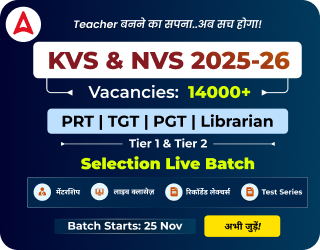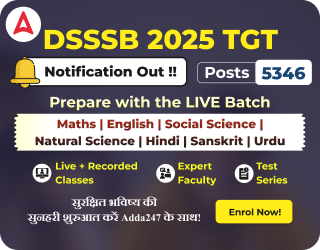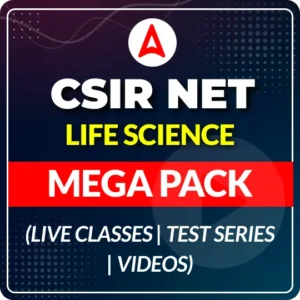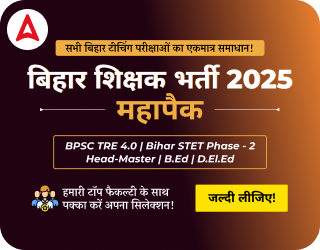Table of Contents
After a long wait, the Uttar Pradesh Secondary Education Services Selection Board (UPSESSB) has officially announced the UP TGT Exam, sparking relief and enthusiasm among aspiring candidates. Those aiming for the Trained Graduate Teacher (TGT) Science post should prioritize understanding the UP TGT Science Syllabus and Exam Pattern to prepare effectively. This article breaks down the complete syllabus, explains the detailed exam pattern and marking scheme, and shares key exam insights to help candidates build a focused strategy and enhance their chances of success in the upcoming recruitment process.
UP TGT Science Syllabus 2025
The UP TGT Science Syllabus 2025 is carefully designed to evaluate a candidate’s subject knowledge, scientific aptitude, and analytical skills necessary for teaching Science at the secondary level. It spans core subjects like Physics, Chemistry, Biology, and Environmental Science, ensuring a comprehensive assessment of conceptual understanding and practical application. To excel in the exam and secure a TGT Science teaching position under UPSESSB, candidates must build a strong foundation in these areas and approach their preparation with clarity and focus.
UP TGT Science Syllabus 2025: Outline
The UP TGT Science Syllabus 2025 is designed to thoroughly evaluate a candidate’s grasp of scientific concepts, analytical thinking, and subject-specific knowledge. Conducted under the Uttar Pradesh Secondary Education Service Selection Board (UPSESSB) as part of the UP TGT PGT Teacher Vacancy drive (Advt No. 01/2022), the recruitment includes 3539 TGT vacancies. The selection process involves a written exam and interview, and the syllabus covers four key sections: Physics, Chemistry, Biology, and Environmental Science. This structured approach ensures a well-rounded assessment of candidates aiming to teach Science at the secondary school level.
| UP TGT Science Syllabus 2025 | |
| Recruitment Name | UP TGT PGT Teacher Vacancy |
| Origination Name | Uttar Pradesh Secondary Education Service Selection Board |
| Advertisement No. | Advt No. 01/2022 |
| Selection Process | Written Exam, Interview |
| Section | UP TGT Science Syllabus |
| No. of TGT Vacancy | 3539 |
| Syllabus Sections | Physics, Chemistry, Biology, and Environmental Science |
UP TGT Science Exam Pattern
The UP TGT Science Exam 2025 aims to assess candidates’ scientific knowledge, analytical thinking, and conceptual clarity through a well-structured format. The exam comprises 125 multiple-choice questions (MCQs), each carrying 4 marks, totaling 500 marks. With a duration of 2 hours and no negative marking, candidates have the opportunity to attempt all questions confidently without the fear of penalties, enhancing their chances of scoring higher.
| UP TGT Science Exam Pattern | |||||
| Examination Scheme | Total Questions | Marks per Question | Total Marks | Exam Duration | Answer Options per Question |
| 125 MCQs | 4 marks | 500 marks | 2 hours | 4 options (only 1 correct) | |
| Question Type | Multiple Choice Questions (MCQs) | ||||
| Marking Scheme | No negative marking | ||||
| Compulsory Questions | All questions are compulsory | ||||
| Focus Areas | Physics, Chemistry, Biology, Environmental Science | ||||
UP TGT Science Detailed Syllabus 2025
The UP TGT Science syllabus covers fundamental and advanced scientific concepts essential for teaching at the secondary level. Candidates must focus on theoretical understanding, practical applications, and problem-solving techniques. Below is a detailed breakdown of the syllabus:
| UP TGT Science Detailed Syllabus 2025 | |
| Subject Area | Topics Covered |
| Physics | Dimensions and Measurement: Fundamental quantities, derived quantities in the SI system, unit conversions, verification of equations via dimensional methods, scalar and vector quantities. |
| Mechanics: Newton’s Laws of Motion, relative motion, displacement, velocity, acceleration, momentum, energy conservation, kinetic and potential energy, angular momentum, gravitational force, escape velocity, rotational motion, and simple harmonic motion. | |
| Heat: Concept of heat and temperature, conduction, convection, radiation, Stefan’s law, specific heat capacity, calorimetry, thermodynamics (first law), and change of state. | |
| Optics: Mirrors and lenses, refraction, diffraction, interference, polarization, human eye. | |
| Electricity & Magnetism: Electric cell, Ohm’s Law, series and parallel resistances, electromotive force, magnetic fields, and AC/DC circuits. | |
| Modern Physics: Atomic structure, Bohr’s theory, nuclear fission and fusion, photoelectric effect, PN junction. | |
| Chemistry | Matter: Types of matter, elements (metals and non-metals), compounds, and mixtures. Laws of chemical combination, Dalton’s atomic theory. |
| Atomic Structure: Discovery of electron, proton, neutron, Rutherford’s alpha scattering, atomic models (Rutherford, Bohr). Quantum numbers, Heisenberg uncertainty principle. | |
| Chemical Bonding: Ionic, covalent, and polar bonds, exceptions to the octet rule, hybridization, shapes of sp2, sp3 orbitals. | |
| Chemical Reactions: Types of reactions (displacement, addition, combustion, etc.), electrochemical cells, Nernst equation, oxidation-reduction. | |
| Periodic Table: Mendeleev’s periodic law, periodic trends, general properties of S and P block elements, transition elements. | |
| Organic Chemistry: Functional groups, isomerism, types of organic reactions (substitution, addition, elimination). Preparation and properties of alkenes, alkynes, alcohols, acids, and their derivatives. | |
| Biology |
Cell Biology: Structure and function of cells, organelles, cell division (mitosis and meiosis), and cellular respiration. |
| Human Physiology: Circulatory, digestive, and respiratory systems, excretory system, nervous system, and endocrine glands. | |
| Ecology: Ecosystems, food chains, food webs, biogeochemical cycles, pollution, and conservation. | |
| Plant Physiology: Photosynthesis, transpiration, respiration in plants, growth and development. | |
| Genetics: Heredity, Mendelian laws, genetic disorders, genetic engineering. | |
Download UP TGT Science Syllabus 2025 PDF
To streamline your preparation, candidates can download the UP TGT Science Syllabus 2025 PDF, which provides a structured breakdown of topics. This PDF serves as a valuable resource to help candidates focus on key areas and track their progress efficiently. If required, candidates can also refer to the complete UP TGT PGT Syllabus for all UP TGT subjects to ensure a holistic approach to exam preparation.
Download UP TGT Science Syllabus 2025 PDF

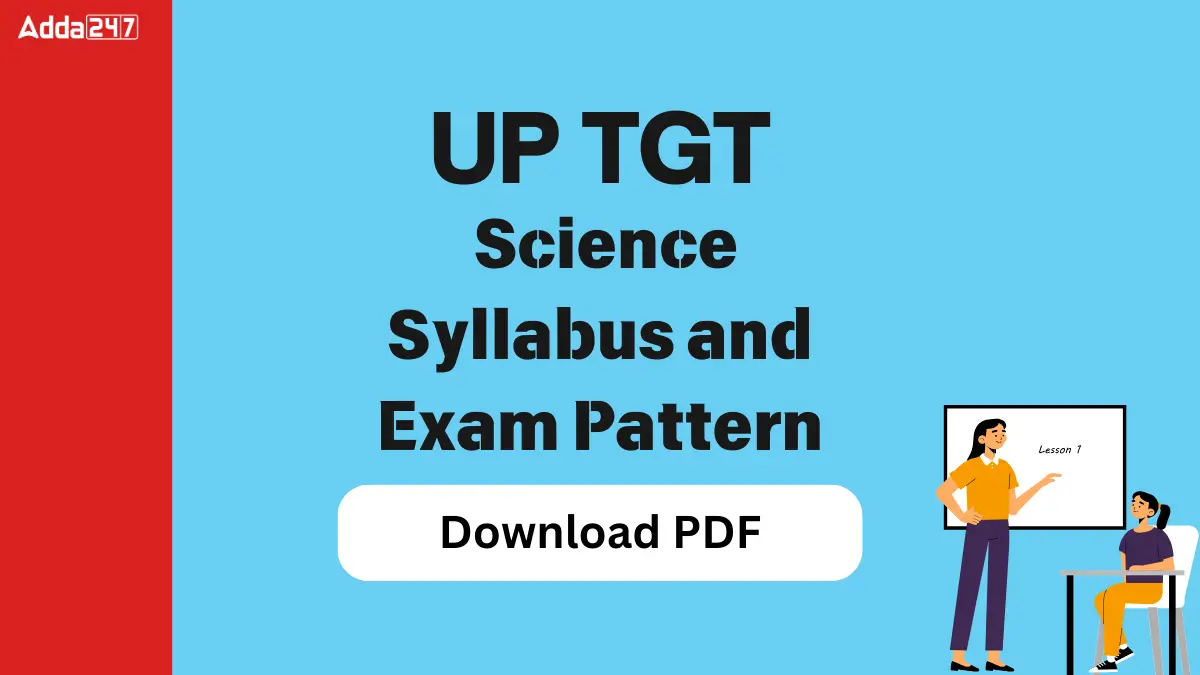
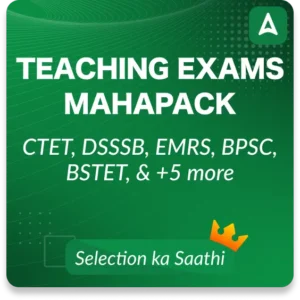

 UGC NET Law Syllabus 2025, Download PDF ...
UGC NET Law Syllabus 2025, Download PDF ...
 UGC NET Social Work Syllabus 2025 PDF Do...
UGC NET Social Work Syllabus 2025 PDF Do...
 UGC NET Tourism Administration and Manag...
UGC NET Tourism Administration and Manag...
